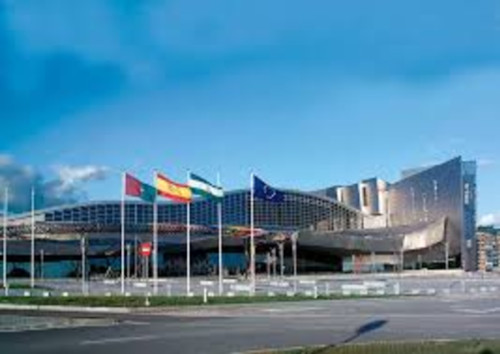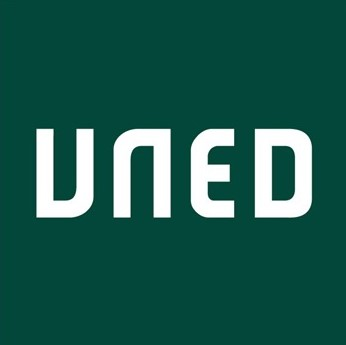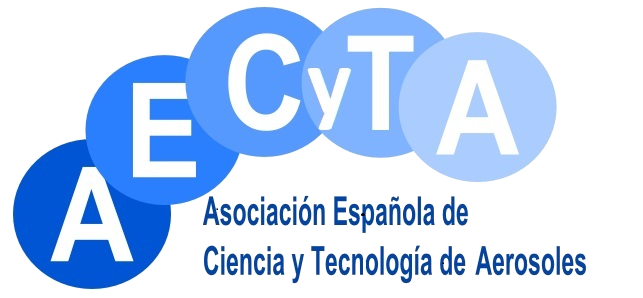Invited Keynote Speakers
Keynote Speakers (KS) will present invited talks (30 minutes long including Q&A). Two Keynote Speakers will be scheduled in parallel (one in each amphitheater). No other sessions will run simultaneously to them.

Martin F. Jarrold
Department of Chemistry
Indiana University, IN (USA)
Charge Detection Mass Spectrometry for Viruses and Particles: Mass Spectrometry into the Gigadalton Regime 

Roberta Vecchi
Department of Physics
Università degli Studi di Milano & National Institute of Nuclear Physics - INFN, Milan, Italy
Cutting-edge approaches for aerosol source apportionment by receptor modelling 
This keynote presentation aims at presenting advanced receptor modelling approaches (e.g. multi-time resolution, multi-parameter, three-way, dispersion normalised PMF) which fully exploit the information contained in the data collected in field campaigns by a variety of instruments at different time resolutions. Basic theory and examples from different field campaigns will be presented to highlight strengths and weaknesses of each approach.
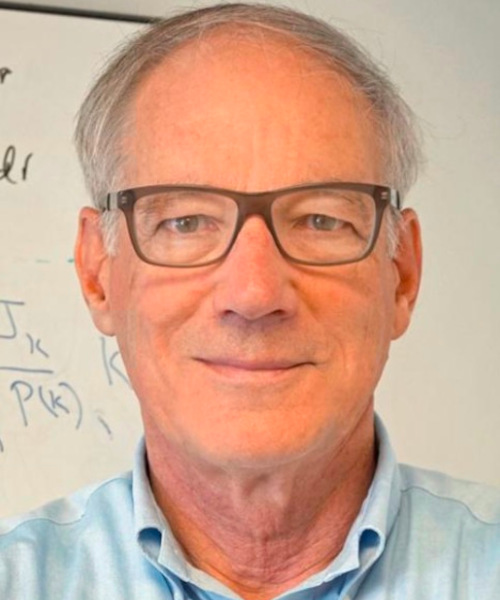
Robert McGraw
Aerosol Chemistry and Microphysics Group
Environmental and Climate Sciences Department
Brookhaven National Lab. Upton, NY (USA)
Representation of Multivariate Particle Populations in Atmospheric Transport Models 
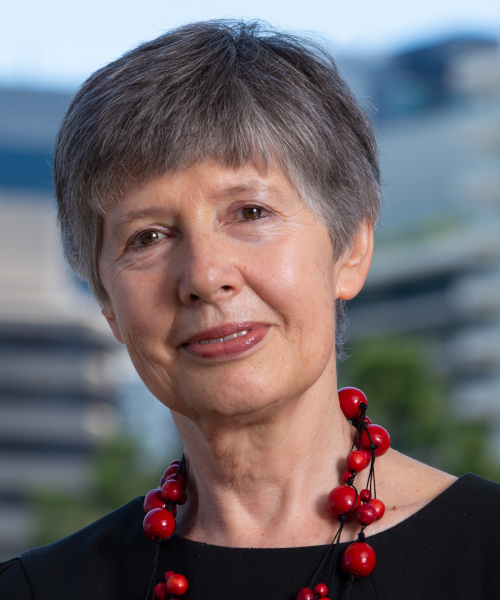
Lidia Morawska
School of Earth and Atmospheric Sciences
Queensland University of Technology (QUT)
Brisbane, Australia
Indoor air quality standards for particulate matter: how it will work
The COVID-19 pandemic has thrown a spotlight on indoor air quality, demonstrating not only the inadequacy of existing control measures to keep it clean and healthy, but indeed, the gross lack of such measures. Now, as the importance of airborne transmission of respiratory infections after a long struggle is accepted, the measurement of CO2, its proxy, mandated by some jurisdictions, and ventilation rates under scrutiny, the question arises as to what other pollutants or their proxies, need to be routinely monitored indoors to keep us healthy. An obvious answer is PM2.5, whose exposure is among the top ten risks we face, for which there are WHO air quality guidelines and, in most countries, outdoor air quality standards. Technological advances in low-cost sensors for particulate matter will make large-scale indoor monitoring feasible, but scientific efforts in data processing must be made to bridge existing particle mass-based standards and number-based optical particle detection technologies. The presentation will explore the challenges, the progress that has been made and discuss the way forward.

Athanasios G. Konstandopoulos
Aerosol & Particle Technology Laboratory
Chemical Engineering Department
Aristotle University and SYNEST PC, Thessaloniki (Greece)
The Street Value of Aerosol Technology: Enabler of a Green, Resilient and Digital Economy 
Aerosol technology is an important enabler for the transition towards a green, resilient and digital economy as shown by examples from past research of the speaker. Challenges and opportunities that arise in the road towards commercial applications, including gaps and needs are discussed for a wide range of applications, including clean energy, sustainable mobility, circular economy and health among others.
